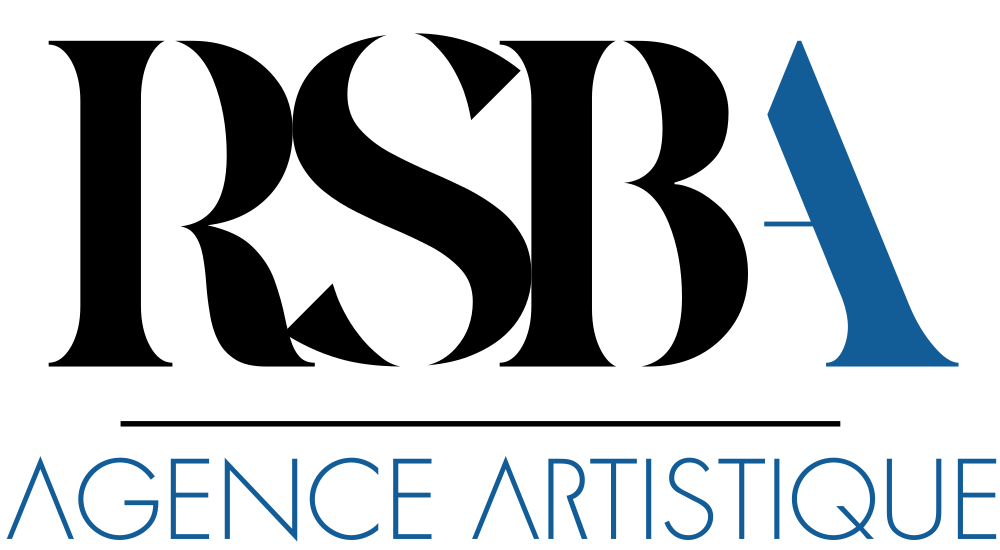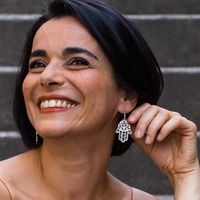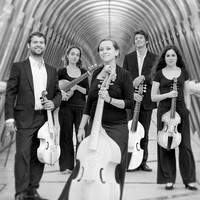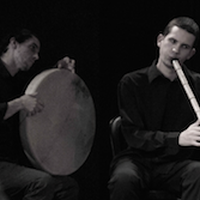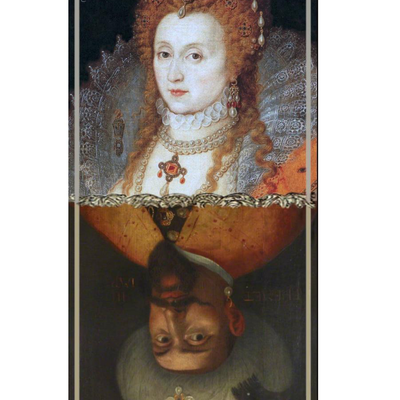L'Orgue du Sultan
The aim of this show is to depict the extraordinary encounter between two worlds that seem distant which, against all odds and with the greatest of ease, get along and share so many aspects, both artistic and human.
At the end of the 16th century, England was in a very fragile position: threatened by Spain in particular, it had to find diplomatic and commercial allies in Europe and sometimes beyond. Elizabeth I was trying to get closer to Mehmet III, the Sultan of the very powerful Ottoman Empire, and wanted to give him the most impressive gift of all: a semi-mechanical organ, decorated and adorned with clocks and watches, a jewel of new technology demonstrating both the excellence of British artists and craftsmen, and of course her particular interest in her relations with the Ottoman Empire.
The journey of the young organ-builder bringing with him this unprecedented gift was of really important for the future of the British Crown, and it is easy to imagine that the dangers that Thomas Dallam might encounter between London and Constantinople were numerous. However, Dallam, unlike his colleagues who were fiercely cautious, was extremely curious and took a particular interest in the peoples and cultures he encountered; surprisingly, Dallam defied the prejudices of his time and observed, in amazement, the people and customs he encountered.
This openness of heart and mind has paid off, for once he had arrived in Constantinople and presented the organ to the Sultan, the Sultan's bodyguard seemed to take a liking to the young Dallam, allowing him access to the Harem and - a rare occurrence - to emerge alive, seating him on the throne, promising him a wife, and so on.
Thomas Dallam's adventure was exceptional at the time, but beyond this diplomatic mission, which seems to have been a success, the account of his experience reveals a much more personal dimension to this journey.
The concert features two groups of musicians, L'Achéron and the Ensemble Sultan Veled, each representing England and the Ottoman Empire. Soprano Amel Brahim-Djelloul personifies the meeting of the two cultures, singing both English arias (John Dowland, William Byrd...) and traditional Ottoman tunes.
There are countless similarities between Elizabethan and Ottoman music and instruments, and these two worlds are strangely close: the timbres blend perfectly, the ornaments are similar, the Western modes are inscribed in the makams and the Eastern rhythms are echoed in the complexity of the polyphonic counterpoint.
While each piece of music was performed in its own style, it was also drawn to and blended with that of its interlocutor: Elizabethan music took on oriental colours, the ney played the role of a flute, the oud that of a lute; and the reverse occurred naturally, the virginal blending with the qanun, the viola da gamba responding to the kemencé. Ottoman musicians took part in English polyphony, adapting Elizabethan melodies to oriental melisma, English musicians responded to the taksim of their colleagues with improvisations and diminutions, harmonising Ottoman melodies, and so on.
In the end, this encounter makes the spectator lose his footing: the origins of the music sometimes become unrecognisable, even if each remains true to itself. The identities are in no way suppressed; on the contrary, they are sublimated, their essences blended, and in this land of understanding, unheard-of music is born.
Running time: approx. 1h30 (without intermission)
